Discover the incredible story of Asian-American immigrants in Seattle.
The Wing Luke Museum is located at 719 S. King Street, a few minutes south of downtown Seattle.
It's inside the historic East Kong Yick building in Seattle's China Town, and has 60,000 square feet of space, after an ambitious $23 million renovation.
Visitors can browse three floors of exhibits depicting life for Asian immigrants in Seattle.
A 45-minute walking tour is also included in the ticket price, providing access to historically preserved rooms in the historic building, like the stunning Mahjong Room and Yick Fung store.
10 things to do at Wing Luke Museum
1. Learn about the immense prejudice faced by early Asian immigrants in Seattle.
Early Asian immigrants faced a host of incredible challenges in Seattle. In the 1880's there were Anti-Chinese riots at work camps near Seattle, and in the 1920s the Immigration Act of 1924 took it a step further, banning Asian immigrants from entering the US.

2. Discover how 120,000 Japanese Americans were placed in camps during WWII.
Roughly 120,000 Japanese Americans were interred in concentration camps between 1942 to 1945. The award winning Hollywood movie Snow Falling on Cedars (1999) depicts these terrible events.
.jpg)
3. See how Japanese residents were forced to leave Seattle's Bainbridge Island in 1941.
The Wing Luke Museum has a heartwrenching exhibit, explaining how Japanese residents were given just six days to leave their homes on Seattle's Bainbridge Island by March 24, 1942, and transported to an internment camp at Manzanar, California. This was in response to the Japanese bombing of Pearl Harbor, four months earlier in December 1941.
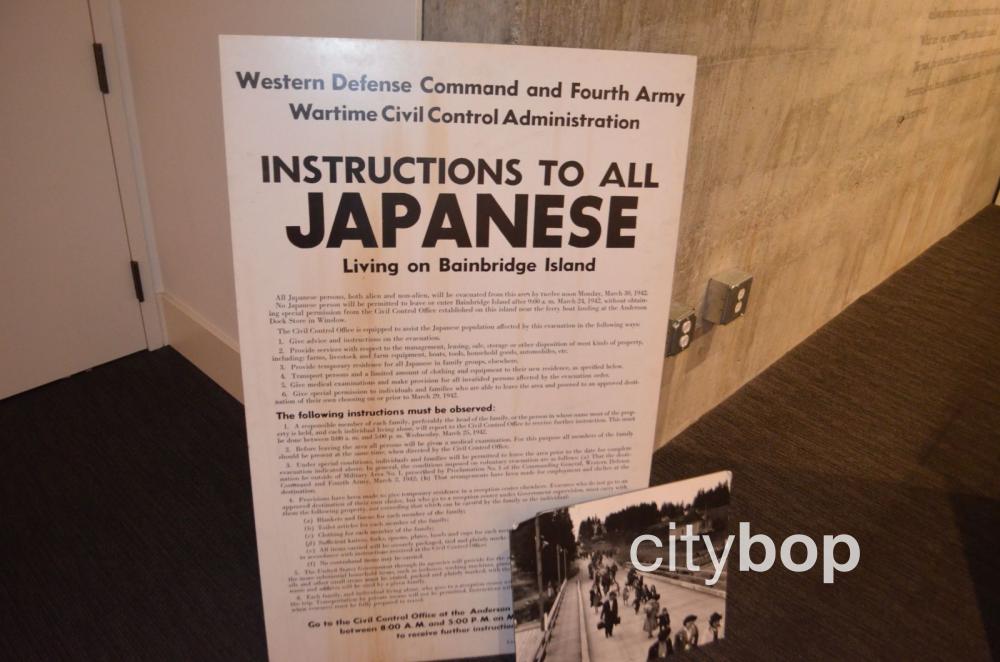
4. Learn how Asians were 'red-lined' out of owning homes in Seattle.
Washington State Governor Louis Hart signed the Alien Land Act in 1921, barring non-whites from owning or leasing homes.
It's astounding to learn that up until 1968 it was also legal for banks to discriminate based on race. Banks had traditionally "red-lined" neighborhoods that had a high concentration of people of color, by refusing loans or charging exorbitant interest rates. Minorities were denied home ownership in Seattle neighborhoods, and forced to live in inner-city areas like China Town, and single room occupancy hotels.
.jpg)
5. See how different nationalities lived harmoniously at Seattle's China Town.
Seattle's China Town has the unique distinction of being the only place in the Continental US where Chinese, Japanese, Filipinos and African Americans co-existed in the same community. To the outside world China Town appeared impoverished. However, those that lived there formed strong community bonds.
The upper levels of the Wing Luke Museum were known as the Freeman Hotel, where laborers from different nationalities lived peacefully together. Residents socialized at the Yick Fung Co. general store (first floor of the museum) or the Mahjong Games Room (third floor).
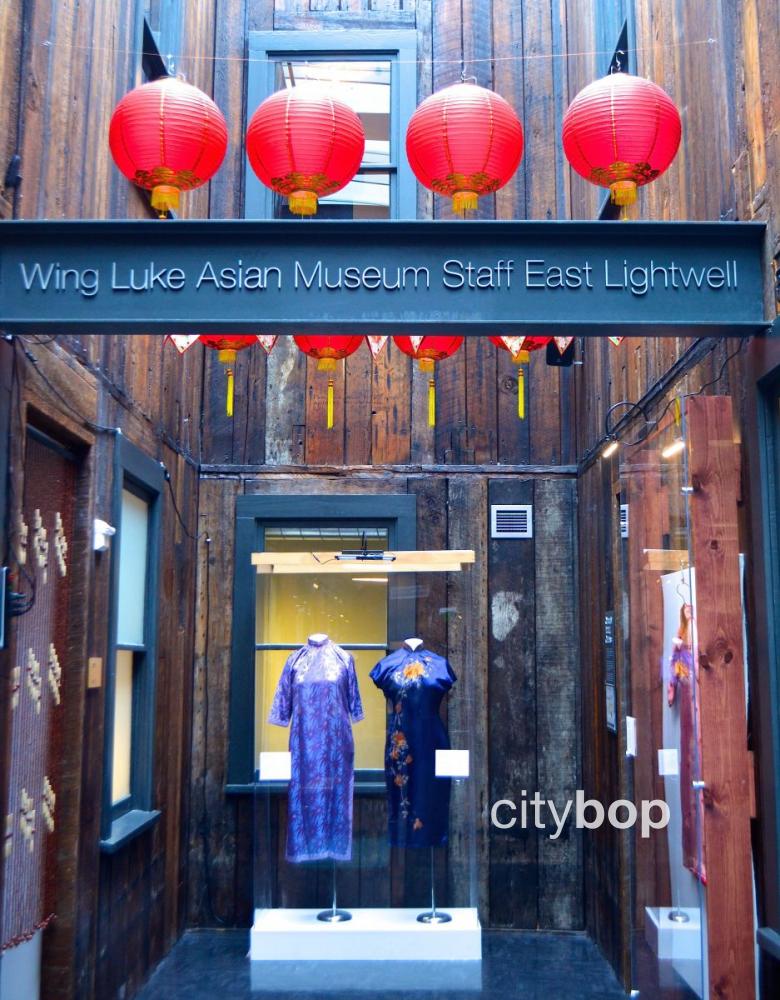
6. Understand the emotional toll on Asians when moving to America.
The Wing Luke Museum does an exceptional job of explaining the emotional challenges of Asians moving to America.
It's extremely moving to read the first hand accounts of the displacement and rootlessness that many Asian immigrants felt. They had no choice, hoping for a better life after leaving wartorn, economically unstable countries. Their sacrifices were great, saying goodbye to family members, and often losing their professional standing in the community. Some were doctors and teachers, forced to toil away at thankless, labor intensive jobs in America.
The Wing Luke Museum documents the constant tension they faced between maintaining the traditions of their homeland, versus assimilating into America.

7. Be inspired by local legend Bruce Lee at the Wing Luke Museum.
Despite all the hardships depicted at the Wing Luke Museum, the success stories are also celebrated.
The most notable success is mega celebrity Bruce Lee. Lee spent many of his formative years in Seattle's China Town while finishing high school and attending the University of Washington. There are rotating exhibitions at the Wing Luke Museum that showcase Bruce Lee memorabilia, including his clothing and hand written notes.
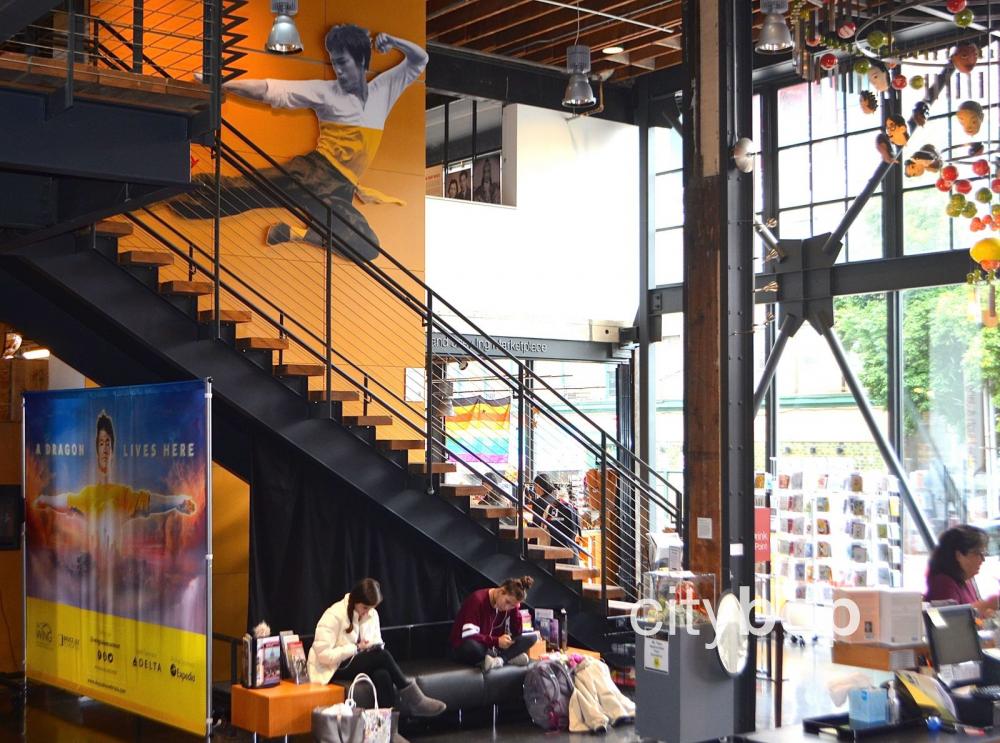
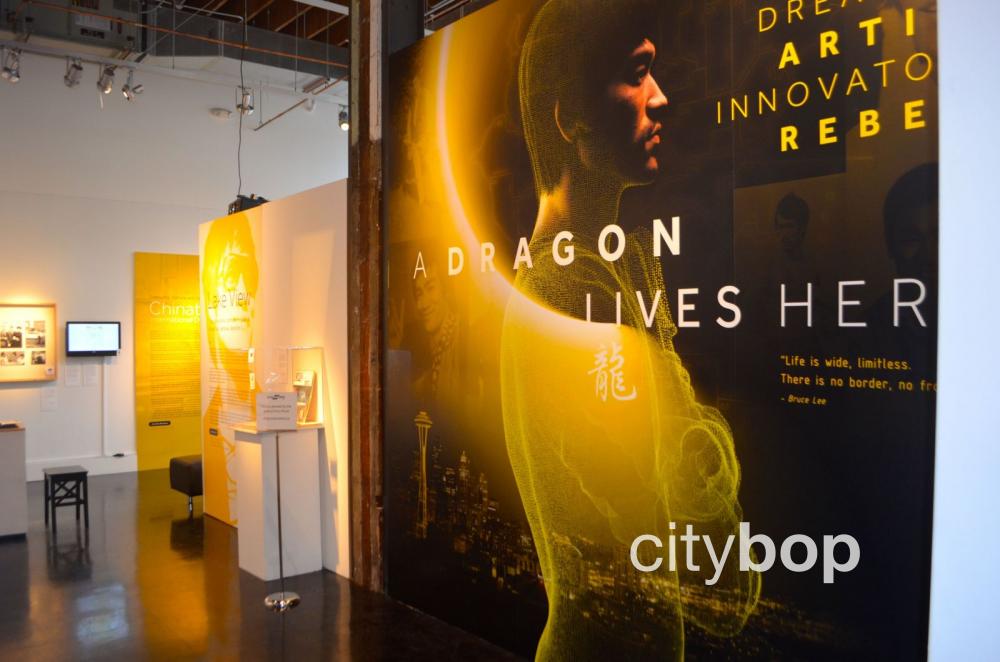
8. Celebrate the life story of Wing Luke, the first Asian to hold elected office in Washington State.
The museum's name sake, Wing Luke, also had an impressive resume. His father ran a laundry, but Wing Luke fought childhood discrimination to complete a Law Degree. He was the first Asian to hold elected office in Washington State, and became the Assistant Attorney General from 1957 to 1962.
Wing Luke was also a driving force behind protecting the Pike Place Market from demolition in the 1960's.
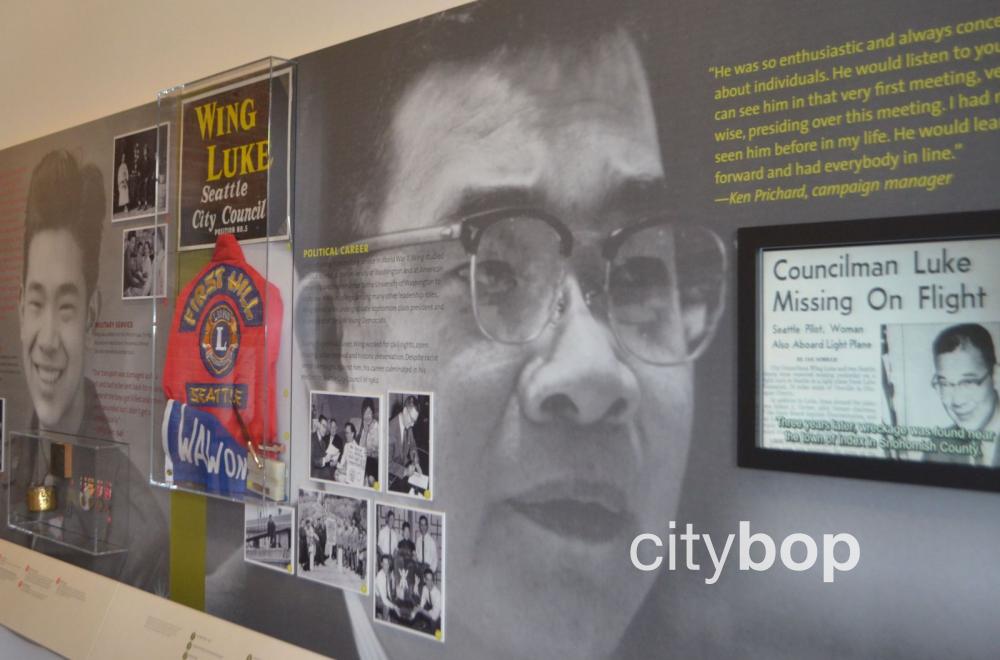
Another prominent Asian citizen was Gary Locke, the governor of Washington State from 1997 to 2005.
9. Stroll through the Community Portrait Galleries that celebrate other Asian communities in Seattle.
The Community Portrait Galleries are housed in the old hotel rooms of the East Kong Yick building at the Wing Luke Museum, celebrating other Asian communities in the Seattle area.

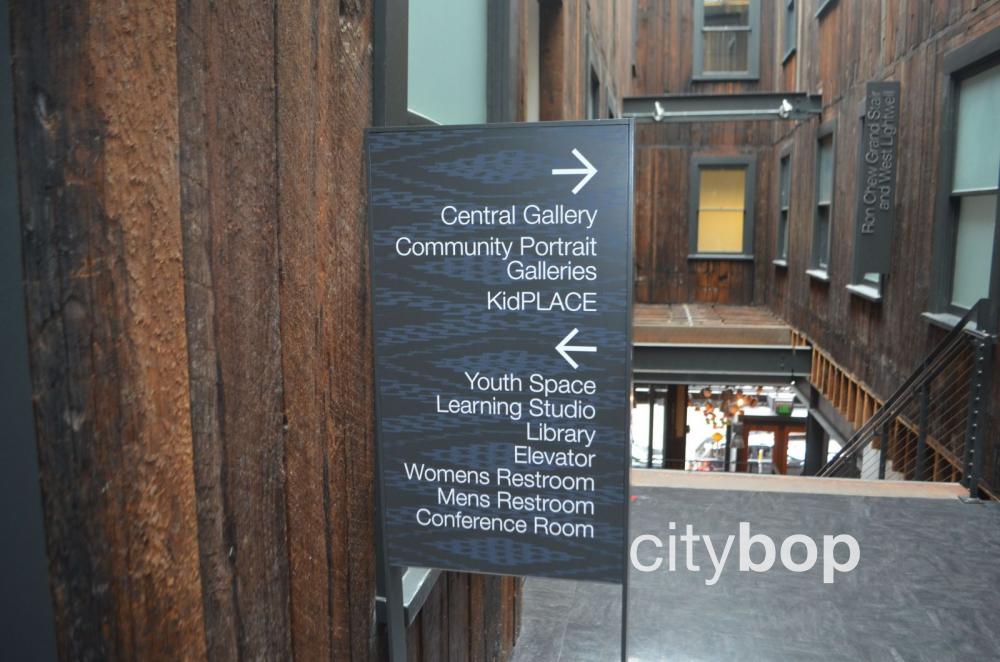
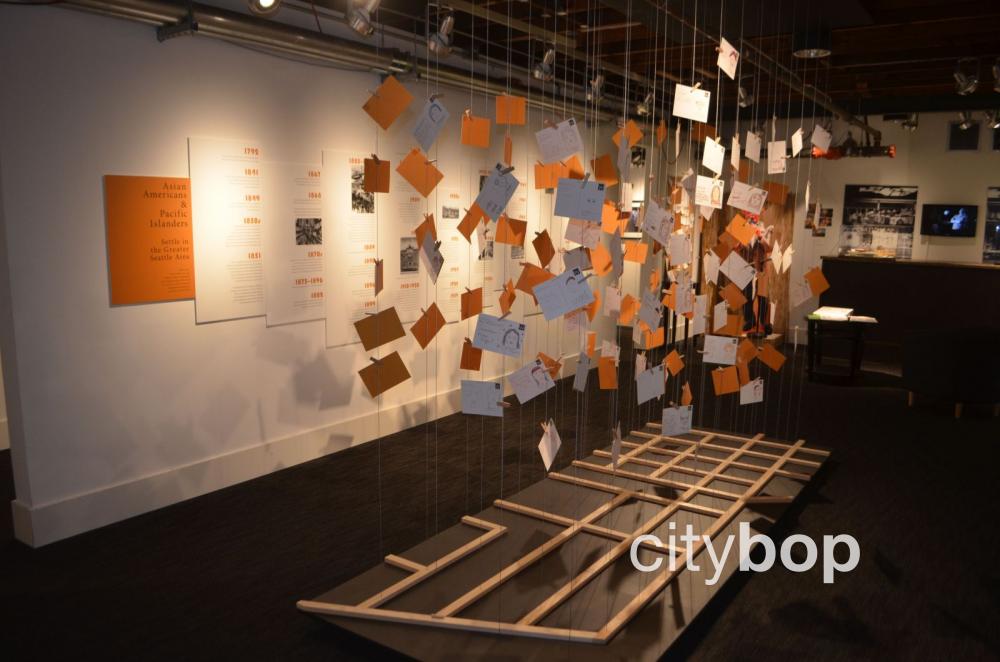
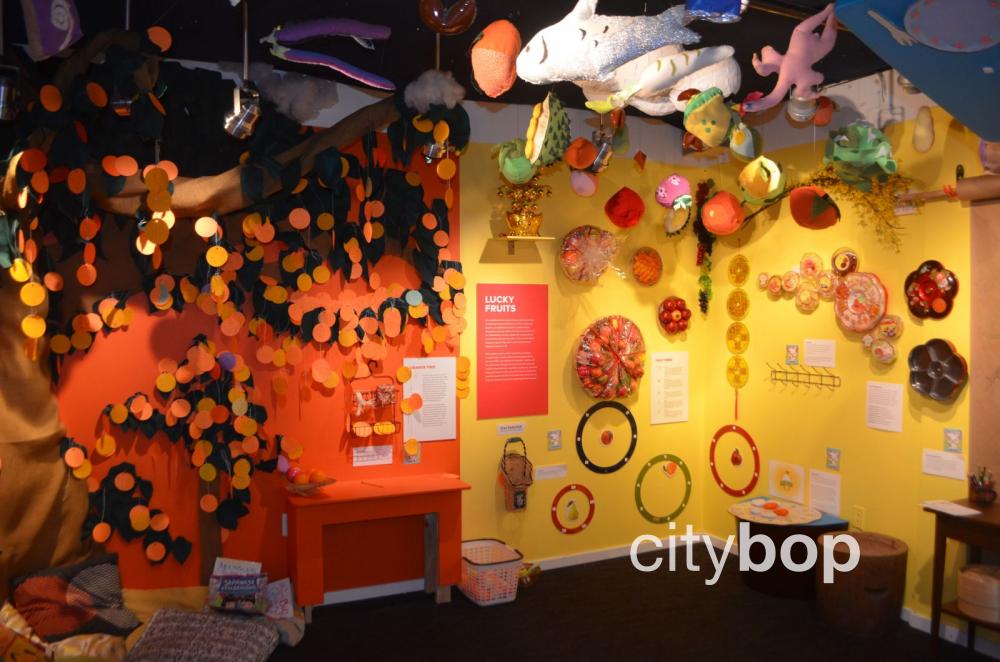
10. Book a walking tour of the Wing Luke Museum, to see original parts of this historic 1910 building.
The Wing Luke Museum is housed in the historic East Kong Yick building, constructed in 1910. The upper levels of this building were once known as the Freeman Hotel, where laborers from different nationalities socialized and lived together, and the main level was reserved for commercial space.
The 45-minute walking tour provides access to the historically preserved parts of this building, like the Yick Fung Store on the main floor, and the Mahjong Room and Freeman Hotel rooms on the upper levels.
Purchase a general admission ticket to the Wing Luke Museum, that includes the 45 minute walking tour.
.jpg)
Know before you go
- Wing Luke Museum address: 719 S. King Street, Seattle, Washington, 98104.
- Hours & admission: Check here. Admission includes a 45-minute historic hotel tour.
- Parking: On-street, paid parking.
- Suitable for kids?: There's a lot of exhibits to read at the Wing Luke Museum, so probably not great for younger kids. However, there is a small kid's play room on the 2nd floor.
- Restaurants: Walk out to King Street, for a great selection of Chinese restaurants.
Other cultural museums in Seattle
The FREE Klondike Gold Rush Museum is a short distance away in Pioneer Square, and you can also enjoy fabulous views from the 35th floor of the historic Smith Tower.
The Nordic Museum is 20-minutes north of Seattle in the historic neighborhood of Ballard. The MOHAI is just north of downtown at South Lake Union, providing an overview of Seattle's fascinating history. If you enjoy aviation history, check out the excellent Museum of Flight, south of Seattle.
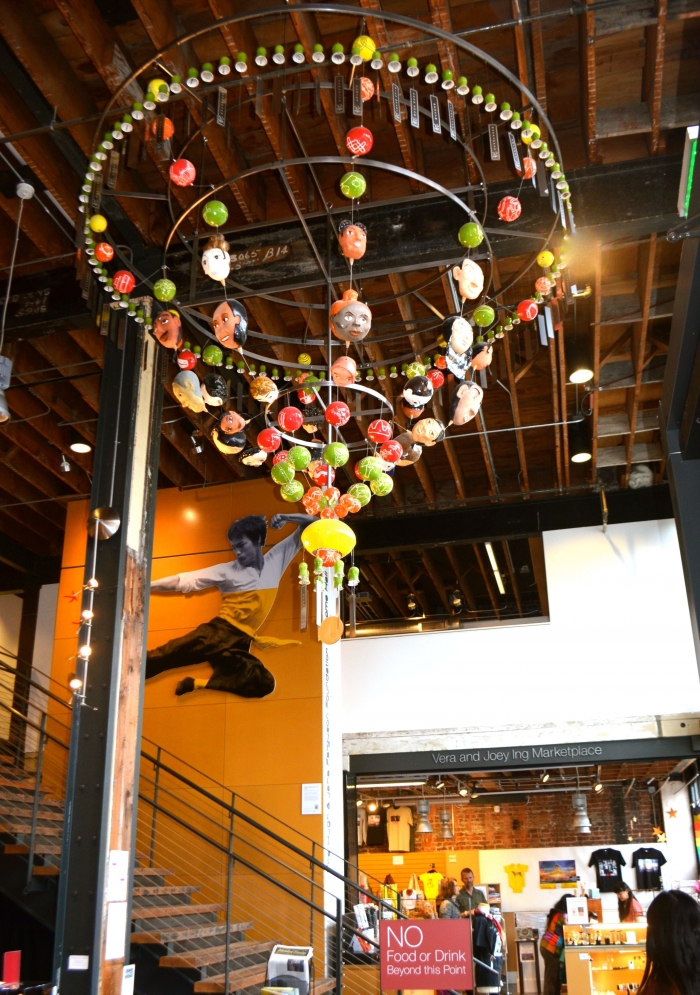
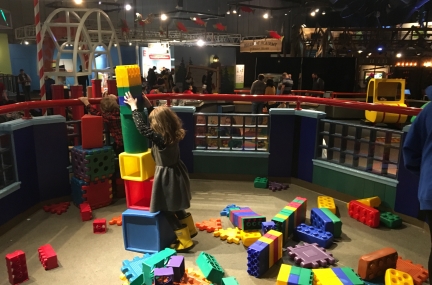
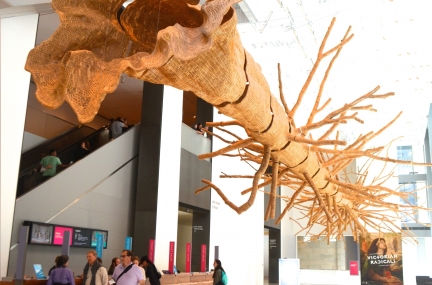
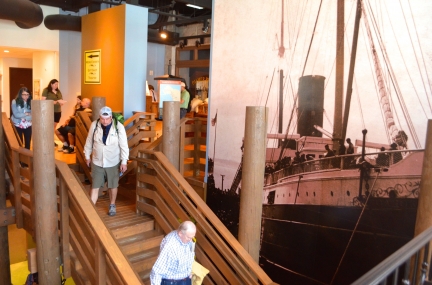

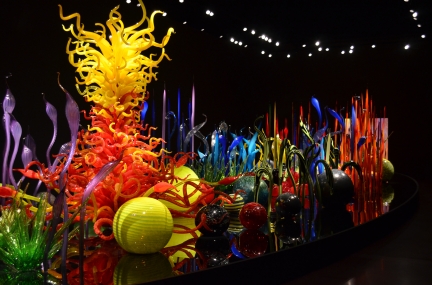

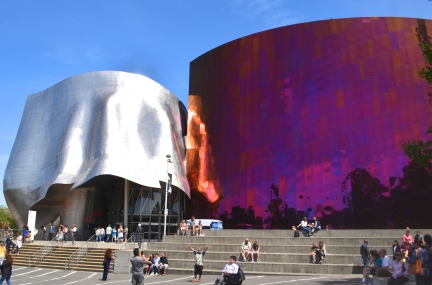

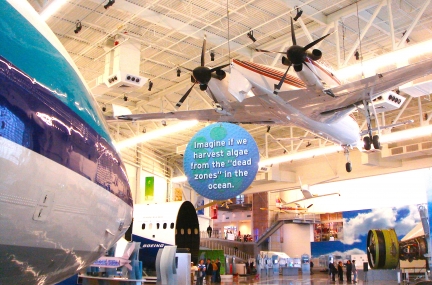
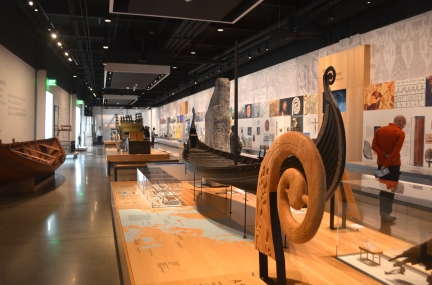
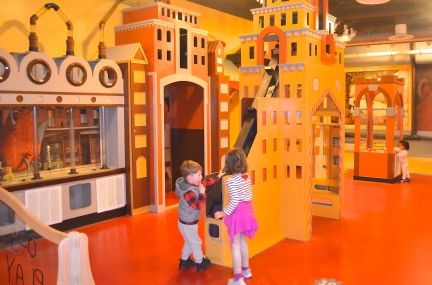
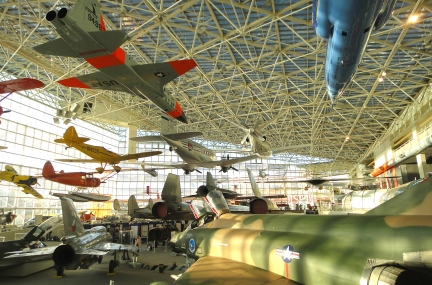

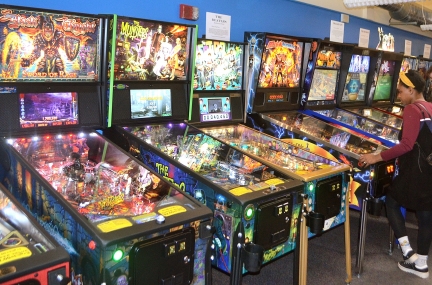
Review this attraction